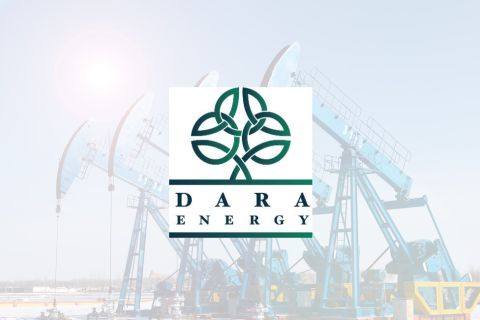Everybody loves an underdog. The recent heartwarming story of the lowly football club Leicester City winning the Premier League at odds of 5,000:1 using fast-moving, hard-working tactics and an invincible team spirit caught the imagination of people everywhere.
Its achievement was raised and praised several times in various presentations in the unlikely setting of the Offshore Technology Conference (OTC) in Houston. This is not that surprising; there are plenty of parallels to be drawn between how Leicester managed to rise from the very bottom of the football pile to the top and how the oil industry must continue to reinvent itself if it is to pick itself up off the floor and start climbing up toward a sustainable future.
Chevron’s Mick Kraly, general manager of facilities engineering, said at an OTC luncheon, “Bluntly, we’re finding it too often where we don’t have the necessary competencies, the technical competency, to do the engineering that we need to do to complete these projects.” There was a “lack of depth in the competencies we really need,” he added.
That’s quite an admission by someone from a global operator seen by many as one of the E&P industry’s “premier league” performers. Chevron is having to “rethink things,” according to Kraly, as a growing number of its offshore projects “are bigger, larger and harder to reach,” with all the supply complications that this entails.
Kraly said project complexity has increasingly become a hurdle, one that has now prompted Chevron to start bringing various aspects of engineering back within the company.
The U.S. major measures its ability to successfully manage a project using the International Project Agreement standards of schedule, cost and production attainment—reaching Chevron’s prediction of first year production. Among selected projects, Kraly said cost and schedule problems, which often are intertwined, disrupted many projects.
Change is a must, according to Kraly, who said, “If we don’t change, obviously in this low-price environment many projects are not going to be viable.”
Chevron and all the other players need to come together, innovate and return to basics, Kraly said. “We have to do what Leicester City has done, go back to basics, back to what you do fundamentally to be really ultimately successful,” he said.
And speaking of change, I’m sad to announce that our senior drilling editor, Scott Weeden, is taking well-deserved retirement. However, in the true industry spirit of maximizing production from mature assets, I’m delighted to say that Scott, who has vast industry knowledge, will continue to contribute regularly to E&P magazine.
Contact the author at mthomas@hartenergy.com.
Recommended Reading
EQT Closes $5.45B Acquisition of Equitrans Midstream
2024-07-22 - In addition to integrating Equistrans’ midstream assets, EQT will focus on reducing the infrastructure company’s debt of between $7.6 billion and $8 billion. Including equity and debt, the deal is valued at roughly $13 billion.
US to Close Northeast Gasoline Reserve with 1 MMbbl Sale
2024-05-21 - The Biden administration will sell nearly 1 MMbbl of gasoline in the U.S. managed stockpile in northeastern states as required by law, the Department of Energy said on May 21, effectively closing the reserve.
Kinetik Closes Acquisition of Durango’s New Mexico Delaware G&P Assets
2024-06-25 - Kinetik Holdings closed a $765 million acquisition of Durango Permian LLC, deepening Kinetik’s footprint of gas gathering and processing assets in the Delaware Basin.
Ex-BP America Chair Dave Lawler to Lead Kimmeridge’s South Texas Gas E&P
2024-06-25 - Separately, Kimmeridge has purchased more than 90% control of Gulf Coast LNG developer Commonwealth LNG.
Dara Energy Acquires Assets in Three States from Vinland
2024-05-06 - Dara Energy closed an acquisition of low decline oil and gas assets in Kentucky, Tennesee and Texas from Vinland Energy.




